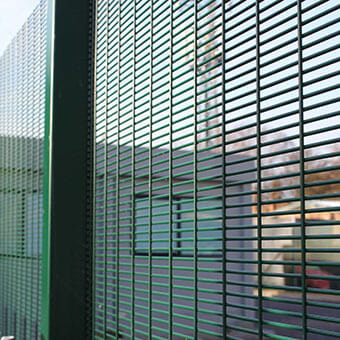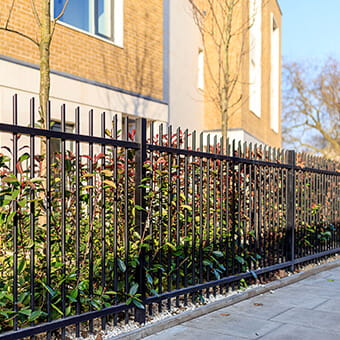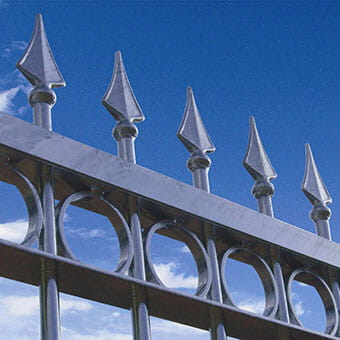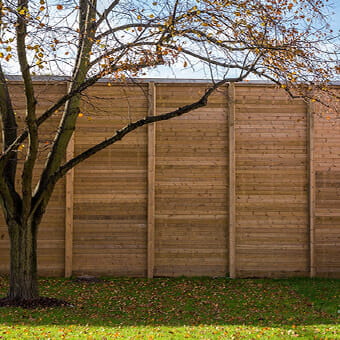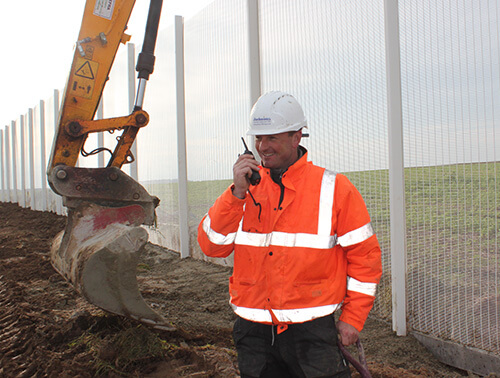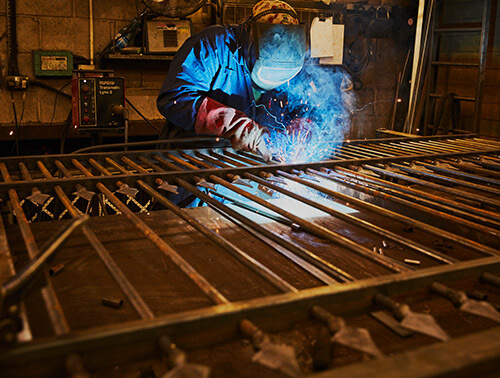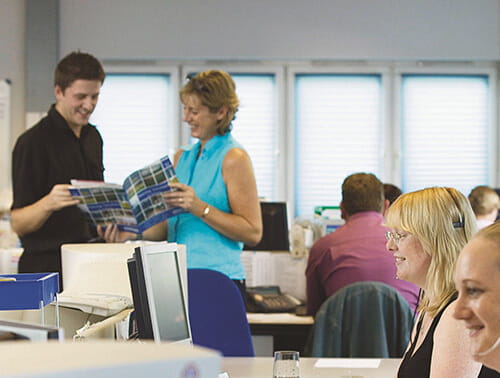Our other sites:
Although recent headlines have been dominated by the Covid-19 crisis, terrorism remains a very real threat to UK and European citizens. And, as we’ve seen in the last few years, attacks can happen seemingly anywhere without any warning. However, that doesn’t mean that there aren’t things we can all do to improve our safety. Understanding the threat we face and what we can do to mitigate it is the first step to prevention.
A recent report from the National Counter Terrorism Security Office (NaCTSO), reveals the scale of the threat and offers guidance on how to ensure your organisation or site is safe. NaCTSO is a specialist policing unit which advises the British government on its counter-terrorism strategy, so the report is produced by the UK’s leading experts working on the frontline of the fight against terrorism. Let’s take a look at some of its recommendations.
What is ‘physical security?’
The report focuses on ‘physical security and crowded places’ (more on the latter in a moment). Taking the first, what is meant by ‘physical security’?
Physical security is important in protecting against a range of threats and vulnerabilities, including terrorism. In simple terms, it’s the measures a venue or organisation takes to shield itself from threats. The most effective physical security is achieved by multi-layering different measures, a process known as 'defence-in-depth'.
What do we mean by crowded spaces?
NaCTSO defines crowded spaces as anywhere that the public gathers in large numbers, providing an ideal target for terrorism. This includes everything from schools and places of worship to public transport and hospitals, as well as visitor attractions and local amenities like bars, restaurants and shops.
What does the report recommend?
Firstly, the report outlines the importance of considering physical security requirements from the outset. Architects and planners must understand the threats posed to a venue or site from the design stage and ensure effective security measures are ‘built-in’. Not only is this vital for the safety of the general public, but it’s also likely to result in more effective and lower cost security in the long run.
However, NaCTSO breaks effective physical security down into four key areas: cover from view physical security, vehicle as weapon attacks, access control, and fencing. Let’s look at each in more detail.
Cover from view physical security
‘Cover from view’ refers to the process of hiding your venue from potential observation, thus making the planning and orchestration of attacks more difficult. This screening process uses measures such as foliage, screens fitted to fencing, and solid fencing. A great example of the fencing best suited to this task is our Jakoustic® Class 3 acoustic barrier. Not only does the C5 (SR3) rated fence shield a venue from observation, but it also provides stern resistance to cutting with power tools, reduces noise levels, and is extremely difficult to climb.
Due to the limited visibility it offers from inside the fence, cover from view security should also be paired with CCTV, allowing you to monitor threats outside your perimeter.
Vehicle as weapon attacks
As we’ve sadly seen only too recently, vehicular attacks have become an increasingly common tactic and can cause significant loss of life and serious injury.
Some of the measures for prevention outlined by NaCTSO include PAS 68-rated fences, bollards, road blockers and speed gates. To ensure maximum effectiveness the distance between adjacent vehicle security barriers must be no greater than 1200mm. This distance must be measured between the various elements of the structure at a height of 600mm above ground level. You can read our blog for more details: How pas 68 bollards can help protect buildings and crowded places.
Access control
Access control of your site includes any person or vehicle entering it. However, getting the balance right can be tricky. On the one hand, you want to ensure that only those authorised to be on-site, visit. But, on the other, it’s important to ensure that it doesn’t affect accessibility or the appeal of your venue to legitimate visitors.
Achieving this balance relies on a few key elements. First, the boundary between public and private areas of your venue should be secure and clearly defined. Second, access points should be kept to a minimum, with boundary fences or demarcation lines clearly signposted. And, third, all security personnel manning access points should be trained and briefed in counter-terrorism measures.
If yours is a larger site, you may also wish to use PAS 68-rated crash gates to offer extra protection. But, no matter the size of your venue, remember to adopt clear emergency exit strategies and include exit points for them.
Fencing
The final element of physical security is fencing. The perimeter fencing around your venue is a vital security measure, both for deterring criminal activity and protection against attacks. Alongside physical protection, fencing also provides greater control over who enters your site and the activities that take place there.
Any security should be regularly maintained and checked to ensure there are no structural issues or potential access points. To provide an extra layer of security, you could consider adding perimeter intrusion detection systems to your fencing. These provide an early warning by alerting security personnel of any breaches.
Although these recommendations provide a great outline of how to approach physical security, every venue or site is different. The best way to ensure the security of your site is to undertake a thorough risk assessment with a security specialist. At Jacksons, we’re experts in perimeter security and fencing, so if you’re unsure on where to start, get in touch.
Related products
Jacksons Security has a range of products relating to this article, all complete with our 25 year service life guarantee. If you cannot find the item you are looking for, please do not hesitate to call our friendly sales team.
Related Content
Top
